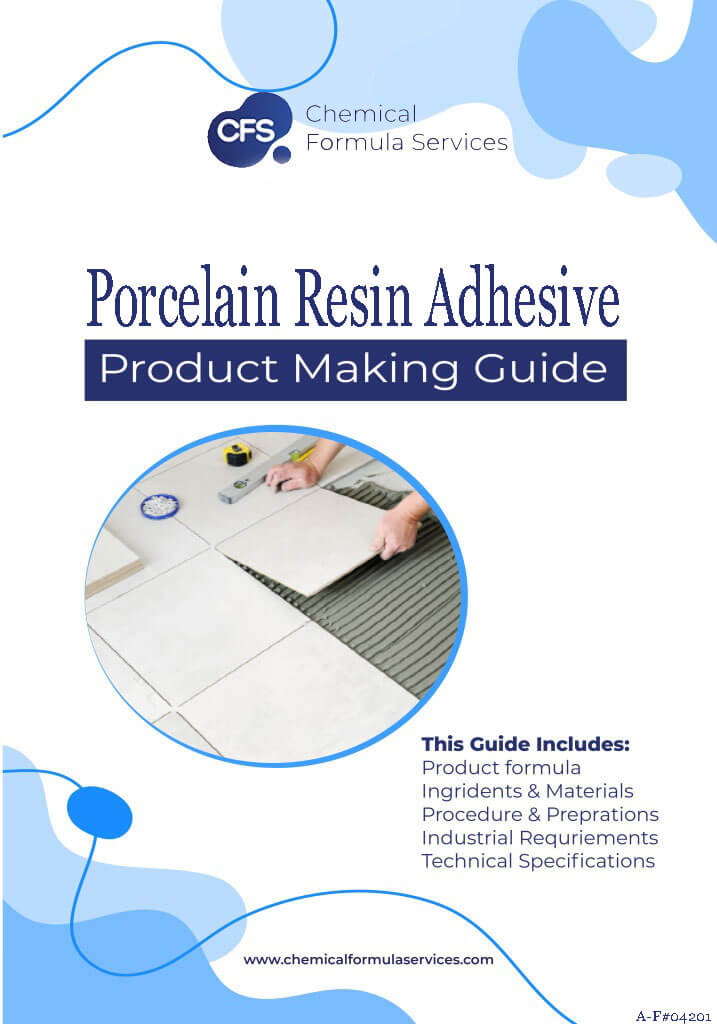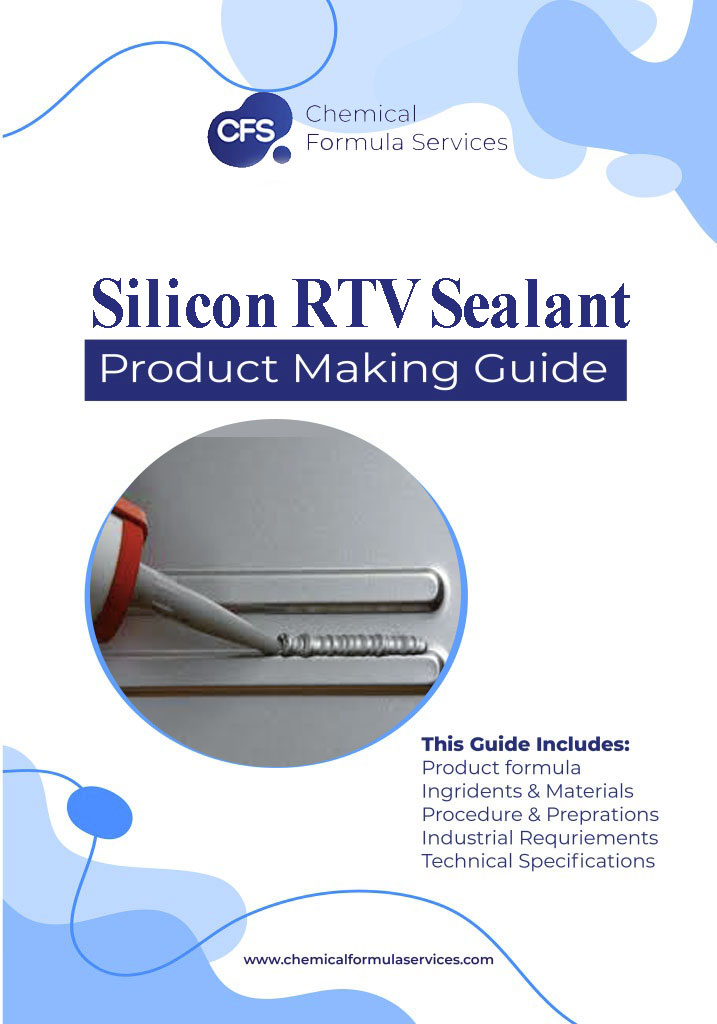Silicone Sealant Formulation
Price: 70.0$
Description
Making silicone sealant formulation involves combining silicone polymer with various additives to achieve the desired properties such as adhesion, flexibility, and resistance to heat and moisture. Here’s a general guide on how to make silicone sealant:
Ingredients and Materials
Silicone Polymer Base:
Purchase a silicone polymer base. This is the primary ingredient and will determine the fundamental properties of your sealant.
Fillers:
Common fillers include fumed silica or calcium carbonate. These enhance the viscosity and improve properties like adhesion and tensile strength.
Plasticizers:
Additives like plasticizers improve flexibility and workability. Common plasticizers include dibutyl phthalate or dioctyl phthalate.
Curing Agents:
Depending on the type of silicone, you might need curing agents to initiate the curing process. Common curing agents include tin compounds.
Adhesion Promoters:
Enhance adhesion by incorporating adhesion promoters such as silanes.
Color Pigments:
If you want colored sealant, use pigments. Make sure they are compatible with silicone.
Antimicrobial Agents (Optional):
To prevent mold and bacterial growth, you can add antimicrobial agents.
Steps:
Measure Ingredients:
Accurately measure each ingredient based on your formula. Precision is crucial for consistency.
Mixing
Combine the silicone polymer base with fillers, plasticizers, and other additives. Stir thoroughly to ensure a homogeneous mixture.
Degassing (Optional):
Some formulations may require degassing to remove air bubbles. Place the mixture in a vacuum chamber and apply a vacuum to remove trapped air.
Curing Agent Addition:
Add the curing agent according to the manufacturer’s recommendations. This initiates the curing process.
Adhesion Promoter:
If using adhesion promoters, add them at this stage to enhance bonding.
Coloring:
Add color pigments to achieve the desired color. Mix until the color is uniform.
Testing:
Conduct preliminary tests to ensure the sealant meets your desired specifications. Check adhesion, flexibility, and other relevant properties.
Adjustments:
Make adjustments to the formula as needed. You might need to tweak the amounts of certain additives to achieve the desired performance.
Packaging:
Once satisfied with the formulation, package the silicone sealant in appropriate containers.
Labeling:
Clearly label the containers with the product name, instructions for use, and any safety precautions.
Safety Considerations:
Protective Gear:
Wear appropriate personal protective equipment, including gloves and safety glasses.
Ventilation:
Work in a well-ventilated area or use a fume hood to minimize exposure to fumes.
Read MSDS:
Familiarize yourself with the Material Safety Data Sheets (MSDS) for each chemical used.
Testing:
Conduct tests in small batches initially to ensure the formula meets safety and performance standards.







